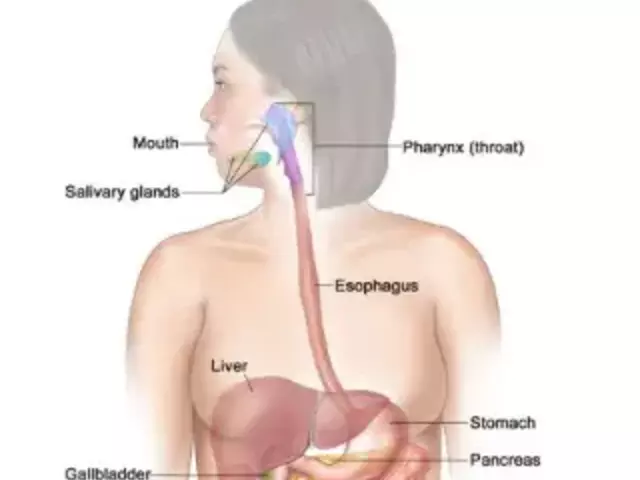Panic Disorder: What to Know and What to Do Right Now
Panic attacks hit hard and unexpectedly. One minute you’re fine, the next your heart races, you feel dizzy, and it seems like you might lose control. That alarm-like rush is scary, but knowing simple steps can help you ride it out and reduce how often it happens.
How to recognize a panic attack
Panic attacks usually peak within 10 minutes and include rapid heartbeat, sweating, shaking, shortness of breath, chest tightness, nausea, dizziness, chills or hot flashes, and fear of dying or going crazy. If these episodes happen often and you worry about having more, that pattern is called panic disorder. If you ever have chest pain or trouble breathing that could be a heart attack, call emergency services. Better safe than sorry.
Quick, practical steps to calm an attack
1) Breathe slowly: Try 4-4-4 breathing — inhale 4 seconds, hold 4, exhale 4. Slow breaths lower the racing heart and dizziness. 2) Ground yourself: Use the 5-4-3-2-1 trick — name 5 things you see, 4 you can touch, 3 you hear, 2 you smell, 1 you taste or a small movement like tapping your foot. That pulls your mind back to the present. 3) Name sensations: Say aloud what you feel — "my heart is racing, my hands feel hot". Labeling reduces fear. 4) Muscle release: Tense and relax large muscle groups one at a time to reduce tension. 5) Change posture: Sit down, loosen tight clothing, sip water. Small actions signal safety to your body.
If you use a rescue medication prescribed by a doctor, follow dosing instructions. Don’t self-medicate with alcohol or drugs; they make anxiety worse over time.
Longer-term fixes actually cut down attack frequency. Cognitive Behavioral Therapy (CBT) teaches you to spot and change the thoughts that trigger panic. Exposure therapy helps you face avoided situations in small steps until they stop being scary. Many people benefit from combining therapy with medication.
Common medications include SSRIs (like sertraline or fluoxetine) and SNRIs, which reduce overall anxiety when taken daily. Benzodiazepines (like alprazolam) can stop an acute attack but are usually short-term due to dependence risk. Beta-blockers such as propranolol can help with physical symptoms like shaking and fast heart rate, especially for performance anxiety. Talk to a doctor about side effects and which option fits your life.
Small lifestyle moves add up: cut back on caffeine, keep a sleep routine, exercise three times a week, and practice a brief daily relaxation habit like breathing or mindfulness. Track attacks in a simple journal — noting time, triggers, and what helped — so you and your clinician can spot patterns quickly.
If panic attacks cause you to avoid work, travel, or relationships, see a GP or mental health professional. If you have thoughts of harming yourself or can’t function, reach out to emergency services or a crisis line immediately. Panic is treatable — with the right steps, most people see big improvements.




